Beyond the Ivy: An Introduction to the Dark Academia Garden Aesthetic
Before you stands a shadowed garden. Ancient ivy drapes over stone walls. You see antique sculptures peeking from behind overgrown ferns. Literary echoes seem to whisper on the breeze. Muted, mysterious colors create a sense of deep history. A feeling of quiet contemplation settles over you as you wonder through.
You have just entered the world of the dark academia garden aesthetic. It is a style that values mood over perfection. A garden focused on intellectual curiosity and a touch of the romantic past. Its popularity is growing fast. Gardeners want to create outdoor spaces that feel deeply atmospheric. They want a garden that tells a story.
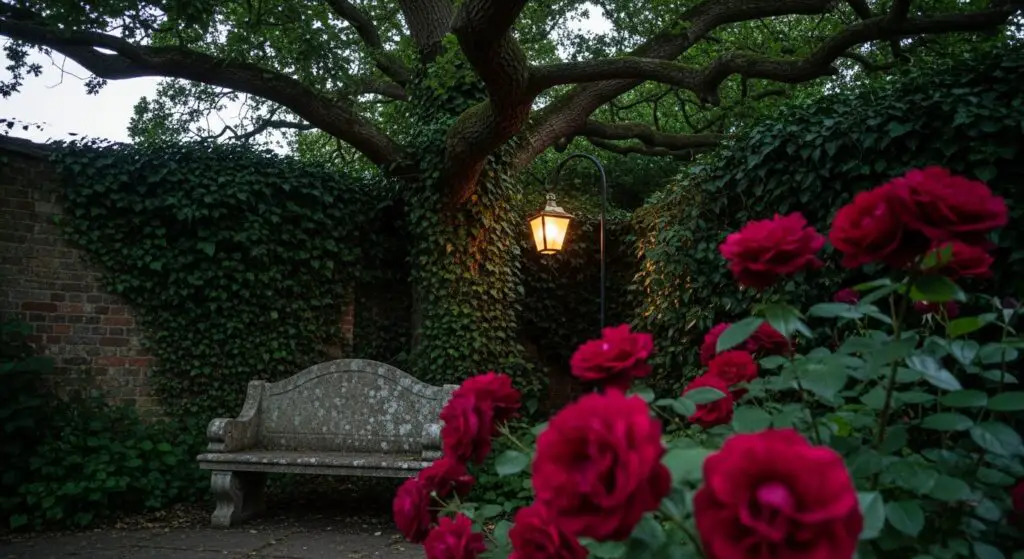
Defining the Dark Academia Aesthetic in Gardens

So what makes a garden “Dark Academia”? It is not just about planting dark-colored flowers. It is an entire mood. A theme. An escape into a world of scholarship, literature, and moody beauty. The aesthetic garden dark academia is about creating a feeling of intellectual retreat.
The Moody Color Palette
Forget bright pinks and sunny yellows. Colors here are deep and thoughtful. Think of the rich greens of ivy and moss. The deep browns of wet soil and aging wood. Add dramatic pops of burgundy, near-black, and bruised purples. Grays and blacks from stone and iron provide a solid, somber foundation. The palette is meant to feel serious and a bit mysterious.
Plants with a Past
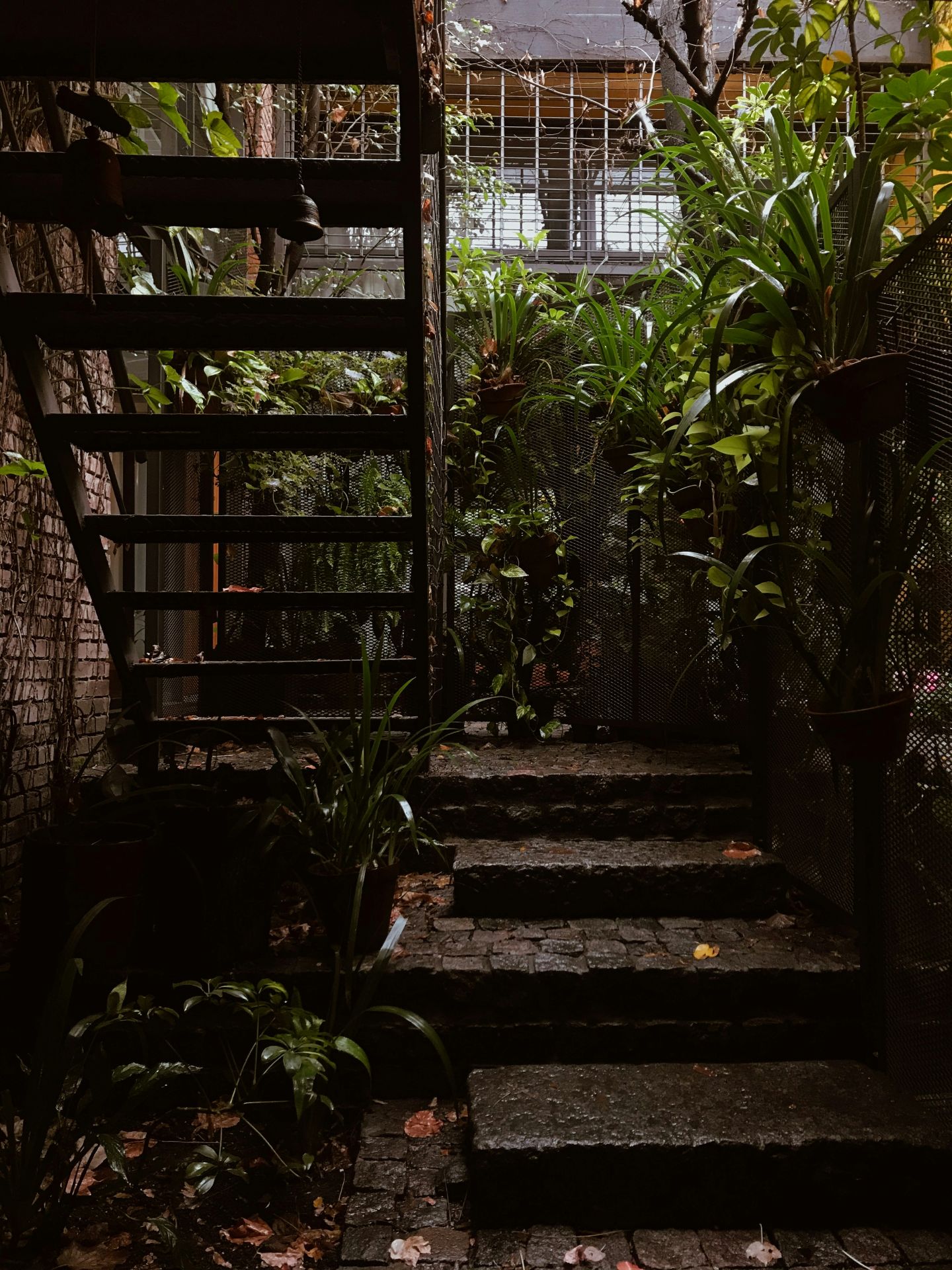
Plant choices reflect scholarly themes. Many have historical meaning or are mentioned in classic literature. We look for plants with character. Think of trailing ivy, ancient ferns, and velvety mosses. Flowers are chosen for their dramatic color and form. A garden becomes a living library of botanical history.
Architecture and Decor
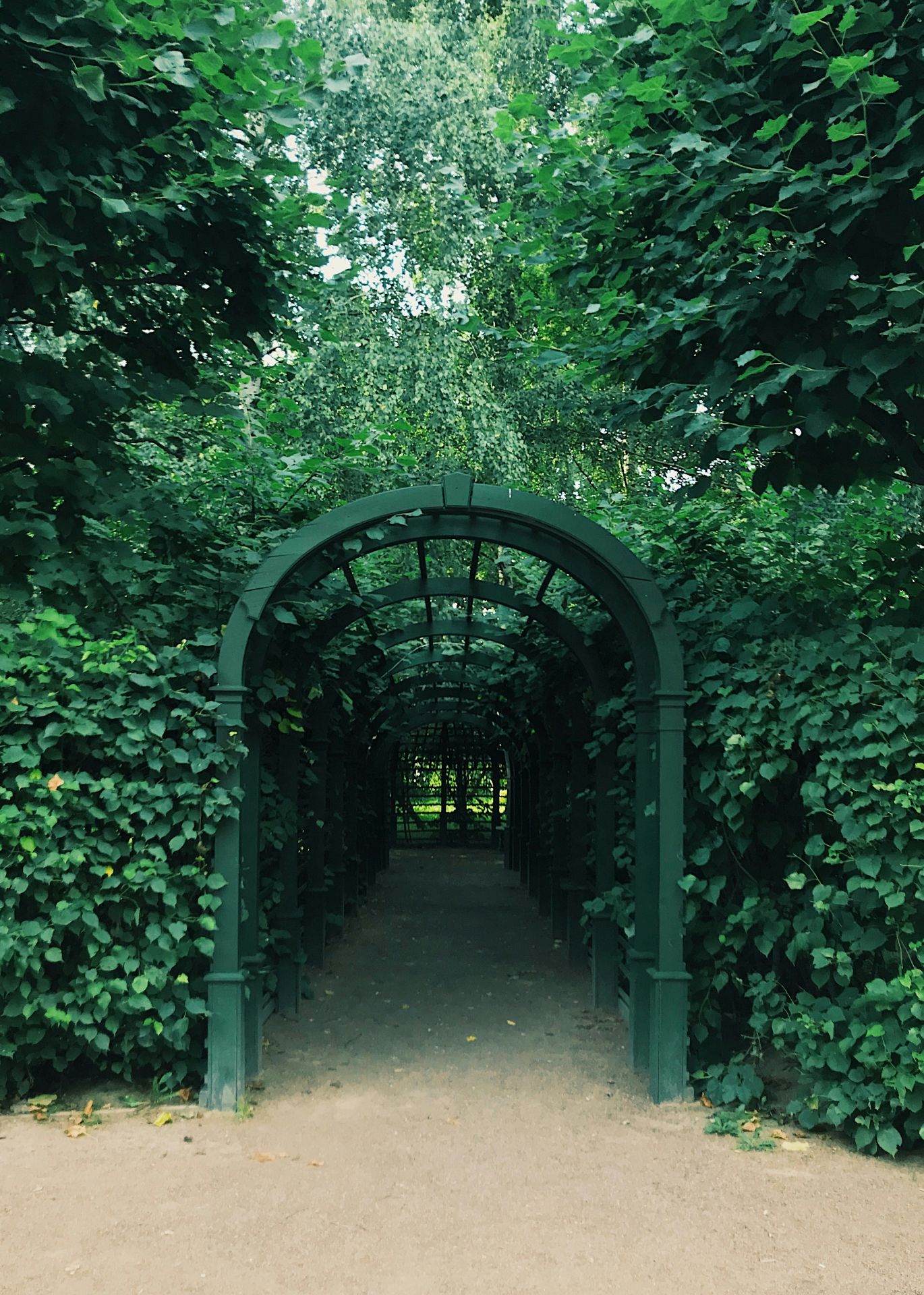
Details matter greatly. Stonework is a key feature. Wrought iron gates and fences add a Gothic touch. Vintage details like old statues, sundials, or ornate benches are perfect. Everything should look a little aged. A little weathered. As if it has been there for centuries, waiting for you to discover it. It is a sharp contrast to the neat, tidy look of many modern gardens.
The Literary and Scholarly Roots of Dark Academia
This style did not just appear out of nowhere. It has deep roots in literature and history. A dark academia garden is heavily inspired by the past. It pulls from the pages of classic books and the grounds of old universities.
Whispers from Gothic Literature
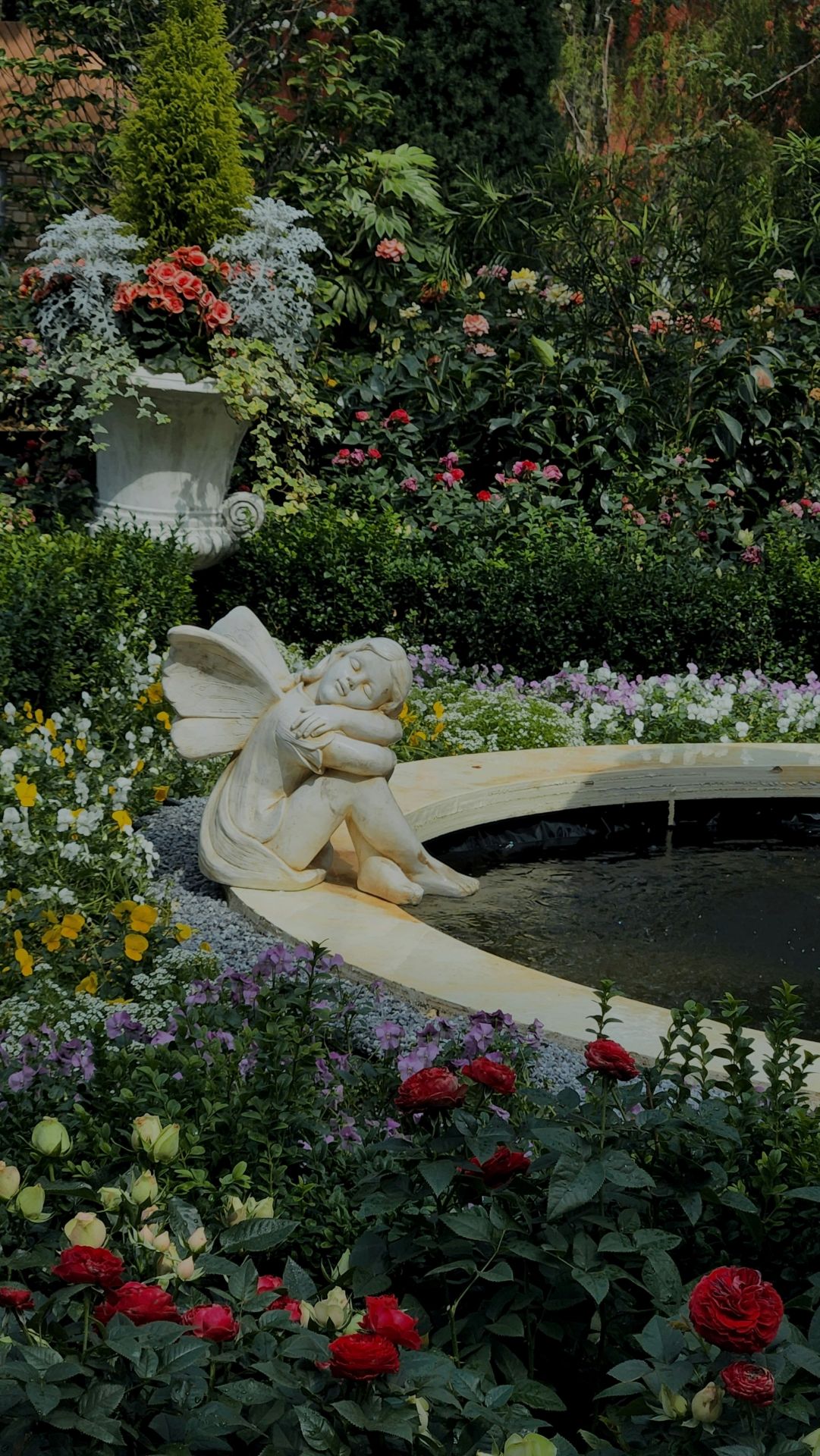
Gothic and Victorian writers are major influences. Think of the windswept moors in the Brontë sisters’ novels. Or the melancholic settings in the works of Edgar Allan Poe and Oscar Wilde. These stories are filled with atmosphere. They use landscapes to reflect deep emotions. The dark academia gardening aesthetic tries to capture that same dramatic feeling.
Inspiration from Ancient Universities
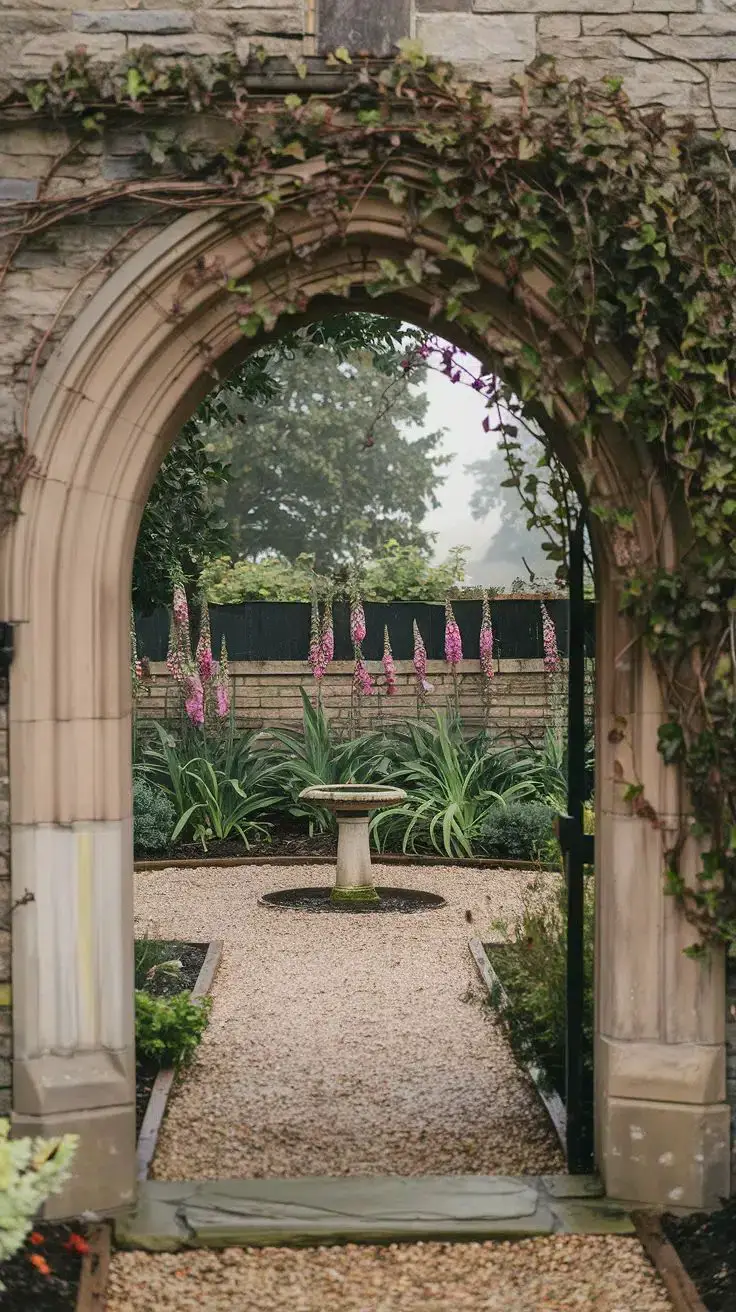
Another key inspiration comes from classic scholarly settings. Picture the hallowed grounds of old universities like Oxford or Cambridge. Imagine their quiet courtyards and stone archways. Ivy clings to ancient library walls. These are places of learning, thought, and history.
A garden can borrow that same scholarly, contemplative atmosphere. People find these motifs appealing. They create a space that feels both intelligent and beautiful. Your garden becomes a place for quiet thought, not just pretty flowers.
Core Elements of the Dark Academia Garden

Creating this aesthetic is about choosing the right elements. You need the right plants. You need the right structures. And you need them to work together to build a very specific world. A dark academia gardening approach is like being a set designer for your own outdoor story.
Plants and Flowers
Your dark academia flower garden should be full of drama and history. Choose plants with deep, moody colors or rich green textures. Classic, velvety roses in shades of crimson and burgundy are perfect. Dark dahlias and near-black tulips add a touch of gothic romance. Hellebores, also called Lenten roses, bloom in dusky shades during colder months. And of course, there is ivy. Let it climb walls and trail from pots. It adds a sense of age and mystery. Ferns and moss complete the look, filling in spaces with lush, ancient-feeling greenery.
Architecture and Structural Features
The man-made elements are just as important. A dark academia garden landscape relies on strong bones. Think of meandering stone pathways that feel worn by time. Stone arches can frame a view or create a dramatic entrance. Look for antique statues of figures from mythology or literature.
Even a simple stone fountain can add the gentle sound of water. Benches should be made of ornate wrought iron or heavy, weathered wood. Every material, from aged stone to rusted metal, should tell a story of permanence and age. A dark academia mansion garden often uses these features on a grand scale.
Creating Atmosphere in Dark Academia Gardens

The right plants and structures are a great start. But the real magic comes from the atmosphere. A garden dark academia style is all about feeling. It should feel mysterious, quiet, and deeply personal. It is a place for contemplation.
Lighting and Shadow
Light is a powerful tool here. Forget bright, overhead lighting. Your goal is to create pools of soft light and deep shadows. Use antique-style lanterns placed along a path. Candles in hurricane lamps can flicker on a tabletop.
Subtle uplighting can highlight the gnarled trunk of an old tree or the texture of a stone wall. Shadows are your friend. They create depth and hide parts of the garden from view. This makes the space feel bigger and more intriguing.
Creating a Sense of Mystery
Your garden layout can build a sense of wonder. Create a dark academia secret garden feel with winding paths that do not reveal their destination. Use a tall hedge or a trellis covered in vines to hide a small seating area. A simple wooden gate in a wall begs the question: what is on the other side? The goal is to make people curious. You want them to explore. Every corner should feel like a discovery.
The Beauty of the Unkempt: Embracing Imperfection
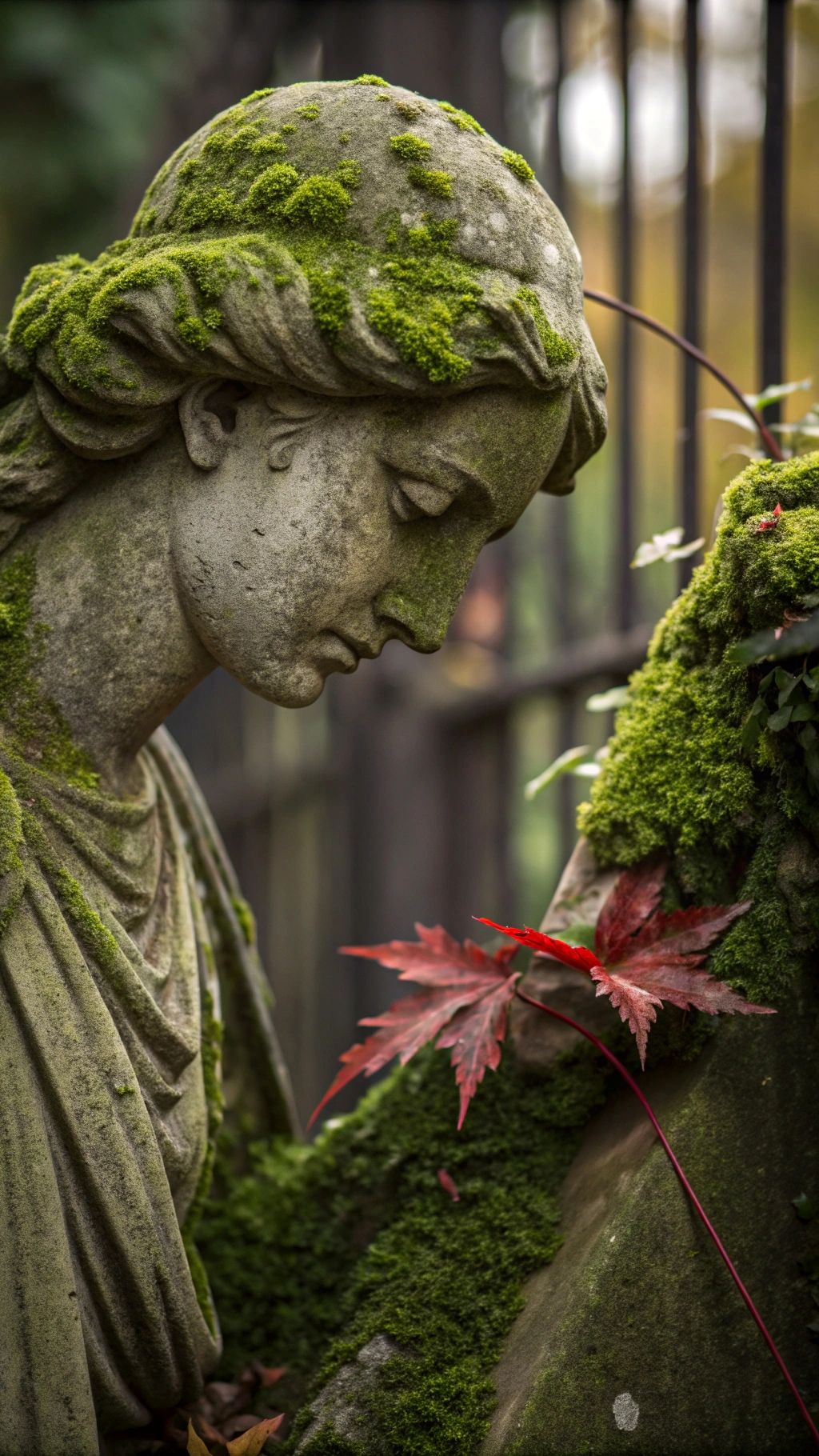
Many garden styles strive for perfection. Perfectly striped lawns. Weeds banished. Every flower standing at attention. The Dark Academia garden, however, sighs with relief. It celebrates a different kind of beauty. A beauty found in natural processes, in age, and in things being slightly out of place. It is a rebellion against rigid control.
Letting Nature Take the Lead
A core principle of dark academia garden design is curated wildness. This is not about letting your garden become a neglected jungle. It is about collaboration with nature. Allow moss to soften the edges of stone paths.
Let a few elegant ferns sprout from cracks in a wall. Welcome self-seeding plants like foxgloves or columbines. They will choose their own perfect spots, creating a more natural and surprising layout each year. Do not be too quick to deadhead every spent bloom. A dried seed head in autumn has its own stark beauty.
The Role of Decay and Age
In this aesthetic, age is an asset. The patina on an old copper pot is something to be treasured. Rust on a wrought iron gate is not a problem to be fixed; it is a color in your palette. Weathered wood and crumbling stone tell a story of seasons past. This acceptance of the life cycle connects the garden to themes of history and the passage of time. An imperfect garden feels more authentic and alive. It has character. It has lived.
A More Mindful Approach
Embracing imperfection can also lead to a more sustainable and relaxed way of gardening. You will spend less time fighting nature and more time observing it. You will use fewer chemicals and do less frantic tidying. The garden becomes a place of peace, not a list of chores. It teaches a valuable lesson. Beauty does not require flawlessness. Sometimes, it is the imperfections that make something truly interesting.
Dark Academia Gardens for Small Spaces
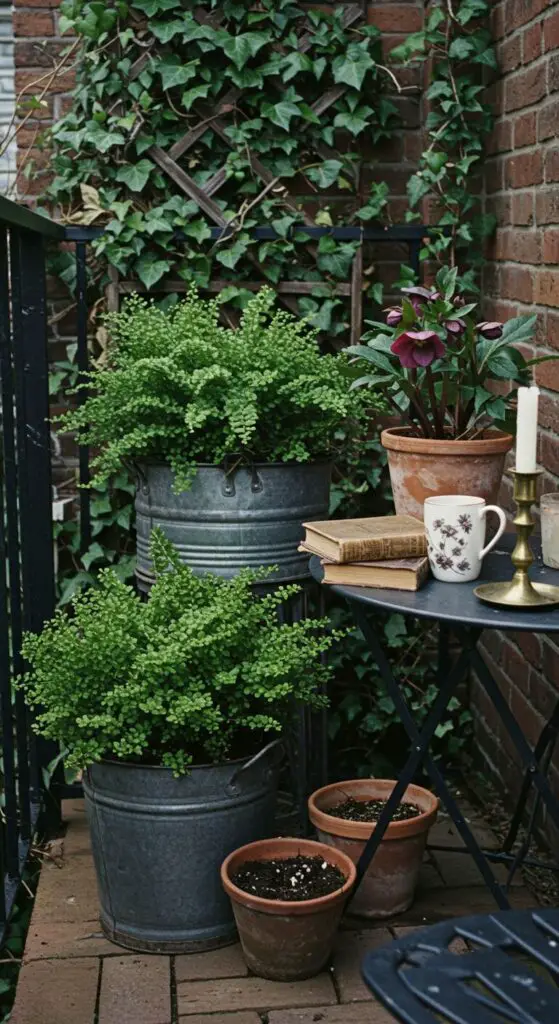
You do not need a sprawling estate to create this look. The aesthetic can be beautifully adapted for small gardens, balconies, or even patios. A small garden dark academia focuses on making a big impact with carefully chosen details. It is all about capturing the essence of the style.
Think vertically. Use trellises to grow climbing ivy or dark-flowered clematis up a wall. This adds lushness without taking up floor space. Choose compact furniture, like a small wrought iron bistro set, instead of a large bench.
Many great dark academia garden ideas involve containers. Plant a single, dramatic ‘Black Baccara’ rose in a beautiful terracotta pot. Fill other containers with ferns, hellebores, and trailing ivy. Even a tiny balcony can have a collection of moody plants. Add a few small-scale details like a miniature gargoyle statue or an old-looking lantern to complete the scene.
Garden Rooms and Botanical Gardens Inspired by Dark Academia
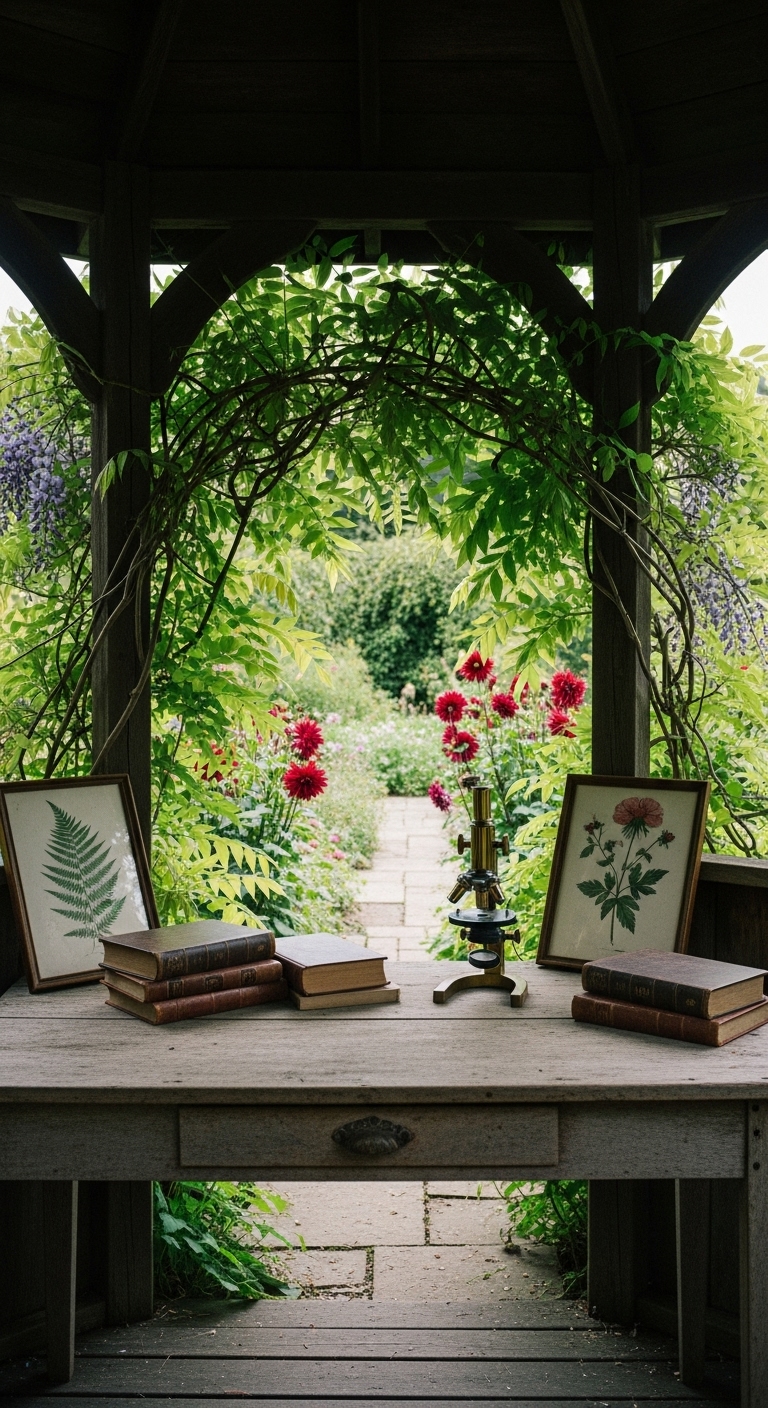
The Dark Academia style can be used to create entire outdoor living areas. It can also be found in grand public spaces that offer amazing inspiration. A garden can become more than just a collection of plants. It can become a destination.
Creating a Garden Room
Think of a dark academia garden room as an outdoor study or a private retreat. It is a defined space within your garden designed for a specific purpose, like reading or quiet thought. You can create one with a simple pergola draped in dark-leafed grape vines or fragrant wisteria.
A small, secluded patio surrounded by tall hedges can feel like a secret chamber. Furnish it with a comfortable chair, a small table for a book and a cup of tea, and perhaps an outdoor lamp for evening reading. It becomes an extension of your home, but one that is immersed in nature.
Learning from Botanical Gardens
For grand inspiration, look to a dark academia botanical garden. Many historic public gardens have sections that fit this aesthetic perfectly. Think of old Victorian glasshouses filled with exotic ferns and tropical plants. Or wander through their arboretums, where ancient trees stand like silent professors.
Notice how they use stone walls, iron gates, and shaded benches to create different moods. You can see how expert designers combine plants for texture and color. A visit can provide you with countless ideas to bring back to your own smaller space.
Final Thoughts
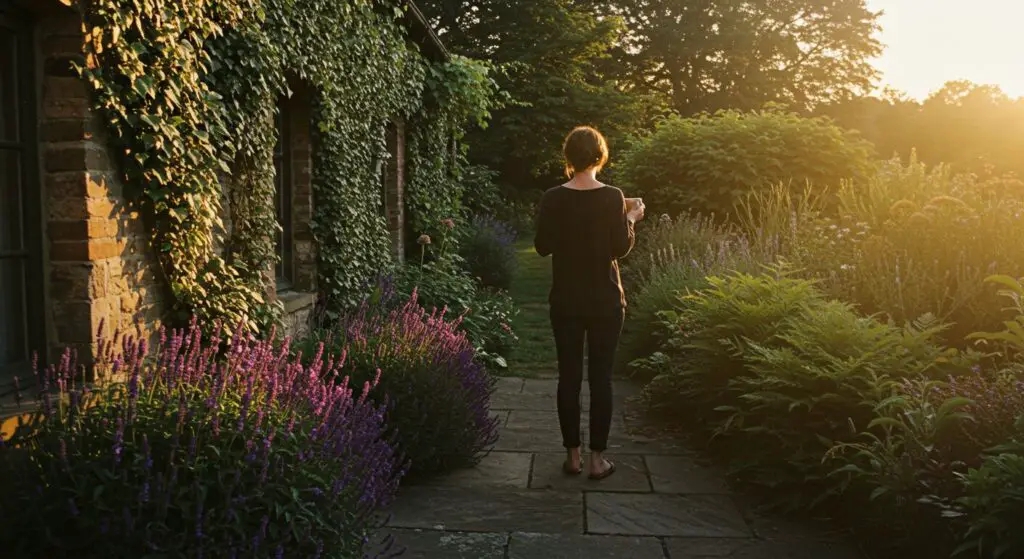
The Dark Academia garden is more than a trend. It is a return to creating spaces with deep meaning and personal narrative. It is about melding intellectual curiosity with the wild beauty of nature. A garden becomes a place that reflects not just your taste in plants, but your love for stories, history, and quiet moments.
See your outdoor space as a canvas. You can paint it with the moody colors of a gothic novel. You can build it with the enduring strength of an old university. Let it be a place that sparks your imagination and offers a quiet escape. A place that feels uniquely yours.
Now that you understand the what and the why, you might be wondering about the how. In our next issue, we will dig into the practical steps. We will cover soil preparation, specific plant care, and simple construction projects to bring your own scholarly retreat to life.
